MLS has changed a lot since those first few years in the early 1990s. From a small ill-fated league that scarcely drew any fans, it was groomed to be one of the most ambitious and fastest-growing soccer leagues. Through smart expansion, appearances from global superstars and new stadiums that rival even those in Europe, the MLS has commanded attention from both the American and international soccer fraternity. This article will travel through the history of MLS, especially what is unique about it, and what possibilities are in store for it.
How MLS looked at the Start
The North American Soccer League (NASL) was a professional soccer league in the U.S. and Canada that operated from 1968 to 1984. It gained fame for attracting international stars like Pelé, but ultimately folded due to financial instability.
MLS was created as part of the United States’ commitment to FIFA when it secured the hosting rights for the 1994 World Cup. Although founded in 1993, the inaugural season took place only in 1996. The league had 10 teams, most of which played in stadiums that were outdated, built for and shared with American Football. The attendance was quite limited, with hardly adequate television coverage. And most Americans did not really believe soccer was a foremost sport.
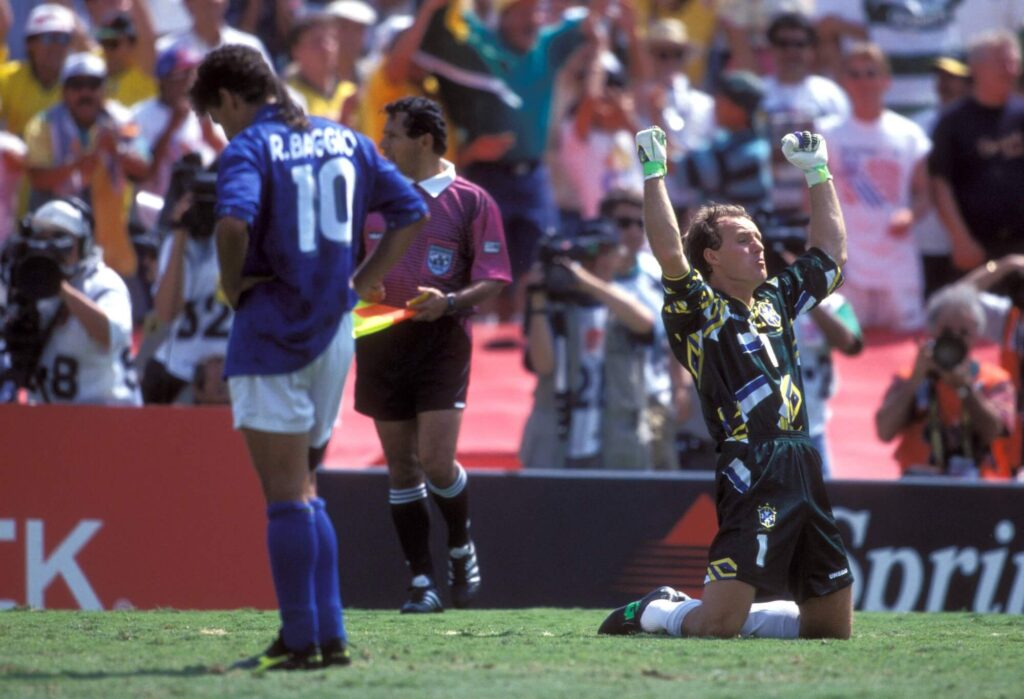
Some teams had been wound down for financial reasons some two-three years in. Only a few owners with a vision kept it going, till their vision matured. A simple survival strategy was just not enough. An effort was called for towards building a league that could compete on a global scale and at the same time win the hearts of American fans.
How the League Grew and Got More Teams
MLS started turning things around with investments in soccer-specific venues, better marketing and gradual expansion into new cities. The tide turned in the mid-2000s when the league added new clubs in markets with high fan bases. Real Salt Lake, Toronto FC and Seattle Sounders were some of the early expansion teams that filled the stadiums and brought new life.
Over time, the league followed a savvy and methodical expansion policy. Rather than speculatively expanding, MLS chose cities with good ownership groups, fan support and soccer facilities. The league currently has 29 teams in the U.S. and Canada and will increase to 30 or more in the next few years.
Teams in cities such as Atlanta, Cincinnati, Charlotte and St. Louis have become havens of popularity, attracting large crowds and constructing new stadiums. Atlanta United, for instance, consistently gets over 40,000 spectators per match, sometimes reaching over 70,000.
Big Stars Who Joined MLS
One of the most significant changes in MLS was the advent of international soccer icons. David Beckham‘s signing with LA Galaxy in 2007 is considered a milestone. His arrival raised the stature of the league, garnered media credibility and paved the way for other major signings.
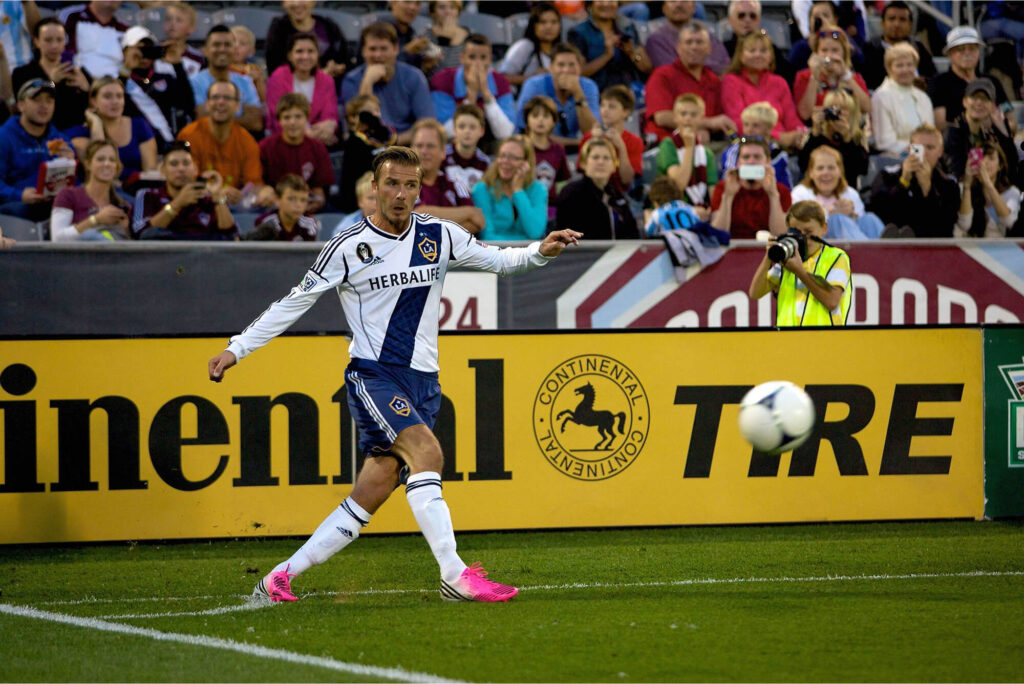
Some of the biggest names signed by MLS clubs over the years include Thierry Henry, Zlatan Ibrahimović, Kaka, Andrea Pirlo, Steven Gerrard, Didier Drogba and Wayne Rooney. All of these superstars brought international fame, jersey sales and helped mentor young American players with their experience.
But the greatest moment in recent history was the signing of Lionel Messi in 2023 by Inter Miami. The move of Messi was not just a transfer – it was a declaration. The all-time great deciding to play in MLS demonstrated just how far the league had traveled. It raised global viewership, drew additional spectators into arenas, and placed MLS on the mainstream radar of world football.
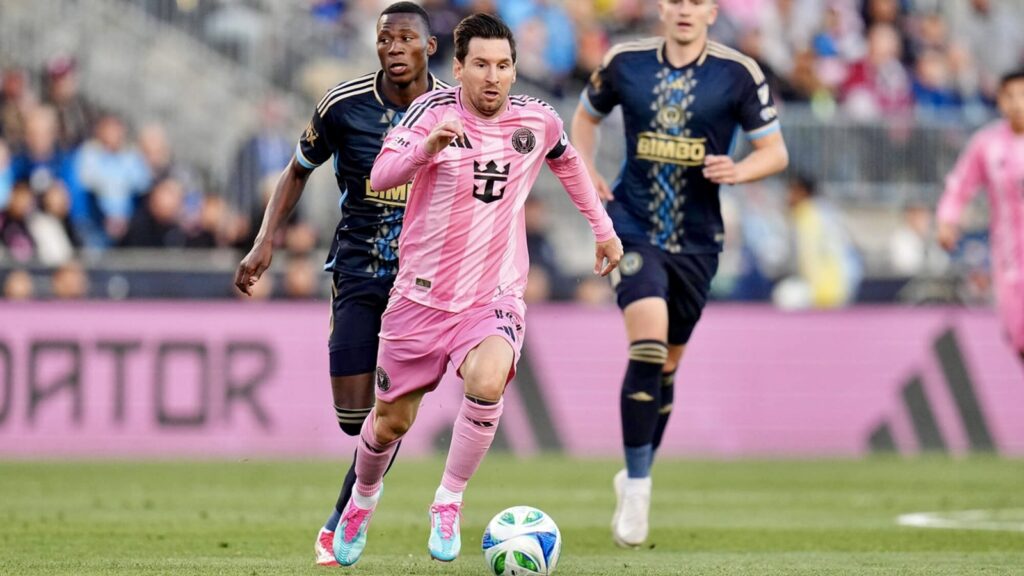
His signing also encouraged other veteran Barcelona players such as Sergio Busquets, Jordi Alba and Luis Suárez towards the MLS. This demonstrated that MLS was not simply a retirement league, but a league capable of competing for top talent.
How It’s Different From European Leagues
MLS stands out in a number of ways, particularly when juxtaposed with major European leagues such as the English Premier League, La Liga or Bundesliga.
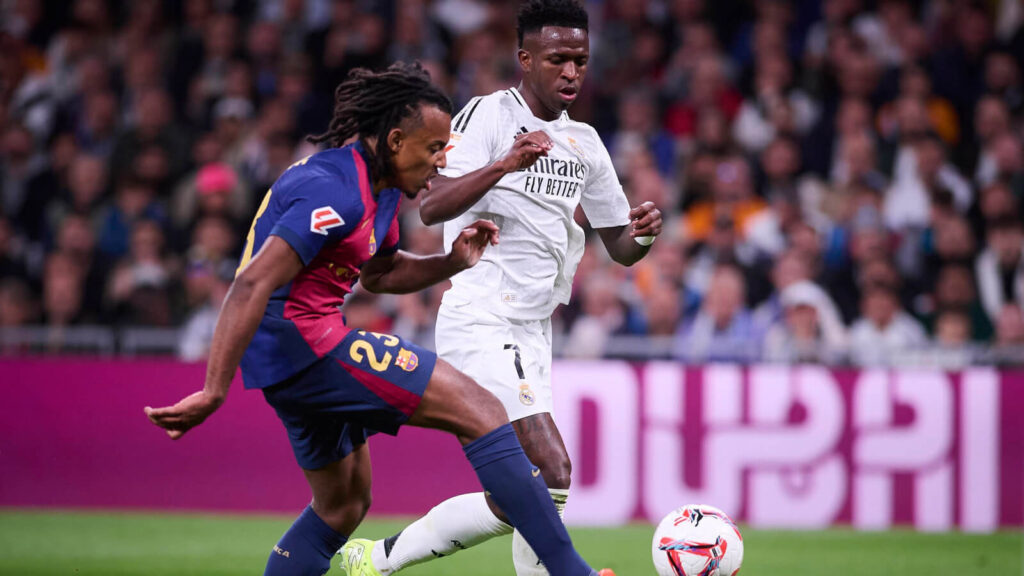
1. No Promotion or Relegation
In contrast to Europe, where they rise or fall based on performance, MLS has a closed system. No relegation exists for bad form, and teams are promoted through expansion fees and league approval. This provides stability to teams and an opportunity to develop without the doubts of financial ruin from relegation.
2. Salary Cap and Designated Players
MLS employs a salary cap to ensure competitive balance. Yet, every team is permitted to sign up to three Designated Players, whose salaries do not entirely count against the cap. This provision enabled clubs to sign stars such as Messi or Beckham without shattering the league’s financial model.

3. Single-Entity Structure
MLS has a single-entity model, and the league actually owns all teams and player contracts. Although there is an investor-operator for each team, this keeps costs in check and avoids bidding wars.
4. Playoffs Determine the Champion
While most leagues have a system in which the club that earns the highest number of points wins the championship, MLS uses a playoff system. Clubs play a regular season, and the best teams advance to the MLS Cup Playoffs to be crowned the champion. This is a system American fans are accustomed to, and lends drama to the final part of the season.
5. Emphasis on Parity
Due to things such as salary caps, drafts and allocation money, MLS is one of the better-balanced leagues in the world. Teams can change from worst to first in a matter of years, bringing about hope for all fans.
What’s Next for MLS
The future looks bright for MLS. The league is still expanding its fan base, signing superior talent and investing in infrastructure. Current clubs are constructing world-class training facilities and academies to nurture local talent. MLS academies are churning out more homegrown talents who now feature in Europe and for the U.S. Men’s National Team. Tyler Adams, Brenden Aaronson and Ricardo Pepi all emerged from MLS systems.
Recently, MLS made a big agreement with Apple TV beginning in 2023, providing the league with worldwide streaming rights and allowing fans around the globe to more easily follow games. This digital-first strategy might prove to be a game-changer.
The 2026 FIFA World Cup, which is being co-hosted by the U.S., Canada and Mexico, is likely to fuel soccer popularity in North America. MLS teams look forward to surfing this wave, increasing attendance and landing even bigger stars.
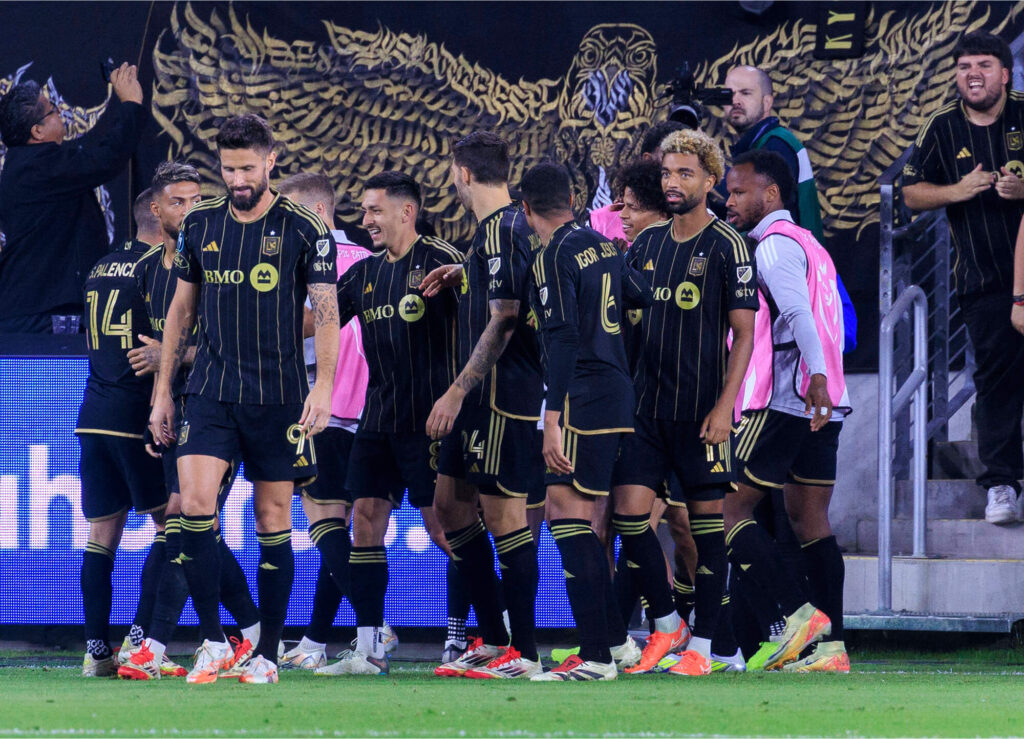
Finally, MLS is looking to get better on the field. The clubs are now competing more favorably in continental competitions such as the CONCACAF Champions Cup and the Leagues Cup, and some of them have even begun making waves overseas.
MLS: From the Underdog to Contender
From a struggling startup to a global league with international ambitions, the story of Major League Soccer is one of gradual expansion and visionary plans. It has succeeded not by copying European leagues, but by working on what is most American about it—chaos, creativity and spectacle. With new fans, new stars and new ambitions, MLS is no longer merely an American soccer future hope. It is the here and now.
